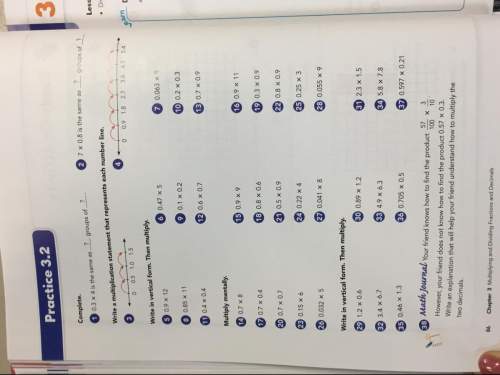
Mathematics, 09.03.2020 19:29, wafflewarriormg
Start from any vertex v0 and check if it has any neighbor v1 with h(v1) > h(v0). If yes, go there. Repeat this to get to v2, v3, . . . until you reach a local maximum.

Answers: 3
Other questions on the subject: Mathematics

Mathematics, 21.06.2019 17:00, chloerodgers56
If a baby uses 15 diapers in 2 days how many diapers will the baby use in a year
Answers: 2

Mathematics, 21.06.2019 17:30, alexandroperez13
Monthly water bills for a city have a mean of $108.43 and a standard deviation of $32.09. find the probability that a randomly selected bill will have an amount greater than $155, which the city believes might indicate that someone is wasting water. would a bill that size be considered unusual?
Answers: 2

Mathematics, 21.06.2019 21:30, allisonboggs85
Two airplanes start at the same place and travel in opposite directions, one at 395 miles per hour and the other at 422 miles per hour. how many hours will it take for the planes to be 2451 miles apart?
Answers: 1
Do you know the correct answer?
Start from any vertex v0 and check if it has any neighbor v1 with h(v1) > h(v0). If yes, go there...
Questions in other subjects:


Mathematics, 07.01.2020 10:31




Chemistry, 07.01.2020 10:31




Biology, 07.01.2020 10:31







